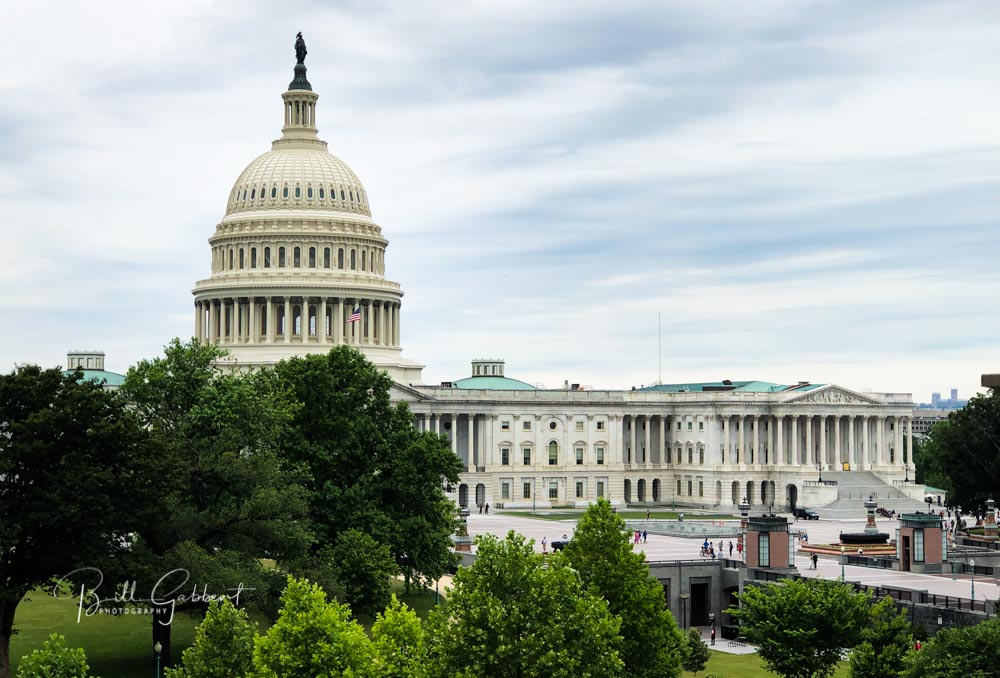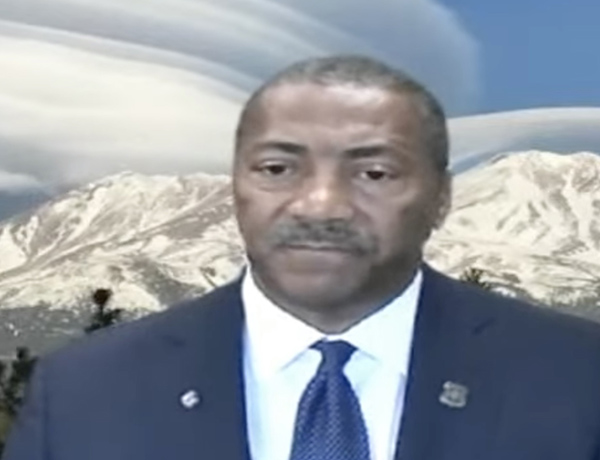
Much of the two and a half hours of Wednesday’s hearing before the House of Representatives’ Subcommittee on Natural Resources about wildland firefighter pay, devolved into rants about vaccine mandates and forest management. However, quality time was still spent on enhancing the pay and benefits of firefighters and generally improving the working conditions and management of the fire suppression work force. The entire hearing can be viewed on YouTube.
The two bills being considered were H.R. 4274 Wildland Firefighter Fair Pay Act, and H.R. 5631 Tim Hart Wildland Firefighter Classification and Pay Parity Act. Brief descriptions of the two bills are in the article we published October 26.
Two representatives from Grassroots Wildland Firefighters gave five-minute presentations in addition to their more detailed written testimony. Kelly Martin, President, was on scene in the hearing room, while Vice President Lucas Tanner Mayfield appeared virtually. They both presented their cases for passing the legislation to improve recruitment and retention of the work force and making changes that would allow firefighters to earn a living wage.
Two employees from the Administration also testified, Jaelith Hall-Rivera, Deputy Forest Service Chief for State and Private Forestry, and Jeff Rupert, Director of the Department of the Interior’s Office of Wildland Fire. They were both asked, how many firefighters do you have? The answers were “a little over 10,000” in the FS and 5,300 in the DOI. In addition, a representative of the logging community was present, Matt Dias, President and CEO of the California Forestry Association.
In response to a question about the breakdown of permanent and seasonal firefighters, Ms. Hall-Rivera said presently in the FS it is about 60 percent permanent and 40 percent seasonal, and the goal is to make it 80 percent permanent and 20 percent seasonal. She said the FS needs more firefighters, including those who are specialists in technology and analysis.
Ms. Hall-Rivera also mentioned a concept that was new to me until we published an article on October 20 by Tim Swedberg who suggested hotshot crews grow from the present 20-person crews to 30, so that when 20 were deployed, 10 would remain at the base and go to their homes each night.
“We need to have larger crew sizes,” Ms. Hall-Rivera said, “so that people can take time off so they can rest and have a work/life balance. That’s going to mean we are going to need more firefighters.”
Rep. Katie Porter of California said,”As fires get bigger and more unpredictable at some point we’re just going to need more people. That’s just a fact.” She asked, “How many additional firefighters are we talking about, 100, or doubling the force from 10,000 to 20,000?”
Ms. Hall-Rivera said she did not have a number but she would get back to the committee with details.
Mr. Rupert from the DOI, when asked the same question, said, “We are in the middle of an assessment to really try to put good, solid numbers behind the optimal need.”
The written testimony from the Forest Service said three times that specific provisions in the proposed legislation would cause problems. For example, increasing pay “will drastically reduce the number of firefighting personnel employed by the Forest Service.” And, establishing a Wildland Firefighter health database, a Wildland Firefighter mental health program, mental health leave, and a Wildland Firefighter presumption of illness policy, “will reduce the funding available for wildland fire suppression operations.”

Committee Chair Rep. Joe Neguse asked if the temporary pay raise and awards for lower level firefighters this year helped with retention and recruitment.
“The incentives we put in place this year, they were a morale boost,” Ms. Hall-Rivera said. “I know our firefighters appreciated them. It’s probably a little bit too soon to tell if they are having an impact on our firefighting work force this year, but these kinds of incentives and these kinds of reforms will have a positive impact, I believe.”

Democrats on the committee primarily spoke about and asked questions regarding the issues in the two pieces of legislation that were the topic of the hearing. Some of the Republicans also briefly mentioned those issues, but spent most of their time discussing vaccine mandates, forest management, and how they felt that wilderness areas and environmental laws restricted certain management activities. They emphasized their diversion tactic by sitting in front of five large posters that seemed to conflate firefighter safety with forest management or logging. Forest management can mean different things to different constituencies. It may be prescribed fire, thinning, and removing vegetation near communities, or, logging.
Representative Bruce Westerman of Arkansas asked about fuel treatments; “Can we make a difference with axes and shovels and rakes or is it going to have to be a large-scale mechanized planned-out approach?”
“[It] is the only way we’re going to get ahead of this and create safer communities and safer places for our firefighters to fight fires,” said Ms. Hall-Rivera. “We need strategically placed treatments, they need to be in the right places, and they need to be at the scale of the problem. Fires are out-pacing our fuels treatments, even the ones that are helping us. They’ve got to be larger and we’ve got to use all the tools in the tool box. That’s mechanical treatment, that’s herbicides, that’s chipping, that’s prescribed fire, and natural fire where it makes sense. We’ve got to have all the tools that are at our disposal to make a difference.”
“We need to treat an additional 20 million acres over the next decade and that could cost up to $20 billion or more,” Ms. Hall-Rivera said.
Michigan Representative Rashida Tlaib brought up the issue of “homeless firefighters” who don’t make enough money to pay rent, so they live out of their cars.
Rep. Obernolte, said he is pro-vaccine but against vaccine mandates, which he said “…would really hamper our efforts over the next 12 months to fight wildfires. I feel that we might lose a substantial portion of our federal firefighting workforce.”
Ms. Martin said, “We in the Grassroots Wildland Firefighters haven’t heard the alarm, if you will, that there’s a lot of wildland firefighters that don’t want to take the vaccine. What we are hearing though is that there are people that are concerned who are in a work group that if someone is not vaccinated they may end up getting sick and then that whole entire crew is quarantined, they are not allowed to be deployed on fire assignments… also [would have] an impact on our response capabilities.”
In summing up the hearing, Ranking Member Russ Fulcher of Idaho said, “There is no question compensation is important. It is a critical part of any job and I’m not denying that in any way shape or form. I just don’t want to lose sight that the root problem we’re dealing with here on the ground is fuel load.”

The article was edited to show that the article about 30-person hotshot crews was written by Tim Swedberg, not John Culbertson. We regret the error.





